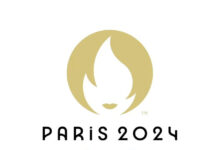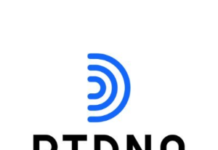
(By Deborah Parenti) Radio broadcasters have reason to be in good spirits as they gather at this year’s NAB Convention in Las Vegas.
While not discounting some real challenges — from writing new chapters with AI in programming, sales, and marketing, to the ever-constant battle on an uneven playing field filled with unregulated and unlicensed digital competitors — there has been a major win thanks to the diligent efforts of broadcasters, state associations, the NAB, and thousands of listeners (read constituents) to legislators.
It would appear that Congress will deliver on the “AM For Every Vehicle Act.” That’s good news, and not for AM radio only. If auto manufacturers were to remove AM from the dash, could FM be far behind? Unlike digital platforms, broadcast is free, so there is no potential for monetary gain in keeping the service as part of in-dash entertainment systems.
Still, there is the challenge of attracting listener loyalty to AM radio. Or as Randy Michaels wisely noted in a Radio Ink column last year, “We can ask Congress to mandate AM. Even better, give listeners a reason to demand it.”
That’s because only listeners can truly justify keeping AM on the dashboard. AM radio has to live up to its promises, including being there in times of emergency.
Let’s be frank here. Attention to and innovation within the AM band have been sorely lacking. Within the industry are those who believe the days of AM are over and that it has ridden on the back of FM for years — forgetting that it was the other way around for decades. But to say, “Time to go, AM” is like telling parents that it’s time they check out already. Talk about ingratitude.
Like older generations, AM can still kick up its heels if someone dedicates the time and effort to keeping it relevant (content) and in good shape (technical). And among some demos (not all of them older), AM radio holds a familiarity with listeners similar to vinyl, which has had a resurgence in popularity recently. That vinyl is imperfect is part of its attractiveness. Same for AM radio, especially for those who grew up on it. Translation: there’s still money in those demos.
But let’s assume for a moment that radio is smart enough to resolve the technical and content issues. As in the classic childhood story “The Little Engine That Could,” if enough radio gurus believe AM radio can offer an attractive and beneficial audio alternative, they can also make it happen.
But even the best programming needs an audience, and that’s one area in which there appears to be a lack of commitment.
Randy Michaels’ comment about getting listeners to “demand it” speaks to the need for audience support. But how do you garner support if you don’t spread the news beyond the current audience base? What about the rest of the world? Once programming is set, if the same effort was devoted to attracting listeners as was made in persuading legislators, radio could give audio competitors a run for their money.
How do we do it? We extend marketing efforts beyond our airwaves to other media, traditional as well as digital and social media. And that’s not the job of the NAB; their efforts need to stay with Congress and the FCC. This has to come from stations and groups, perhaps state associations and others who have a vested interest in the survival and growth of the radio industry.
My mother used to tell of her first “meeting” with me when I was but hours old. According to her, it was an intimidating moment in which she read on my face, “Now that I’m here, what are you going to do with me?”
We are nearing the hour when radio will have won a huge victory, and AM will remain part of the automotive dash. Once in hand, what will we do with that newfound win?
Deborah Parenti is Publisher of Radio Ink. Reach Deborah at [email protected]. Read her Radio Ink digital archives here or read her latest column with a digital or print subscription here.








